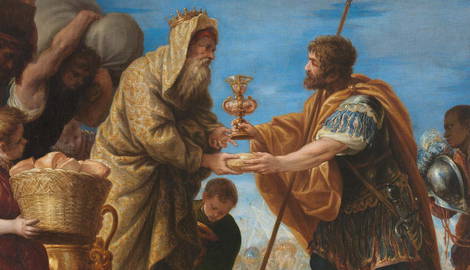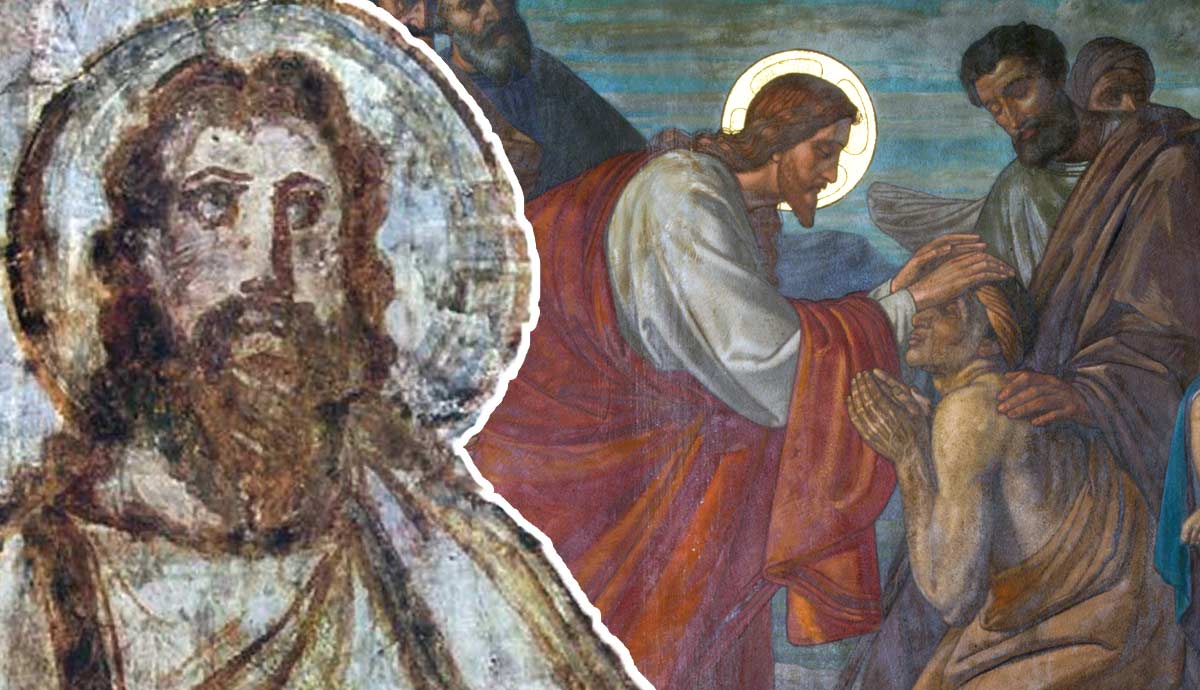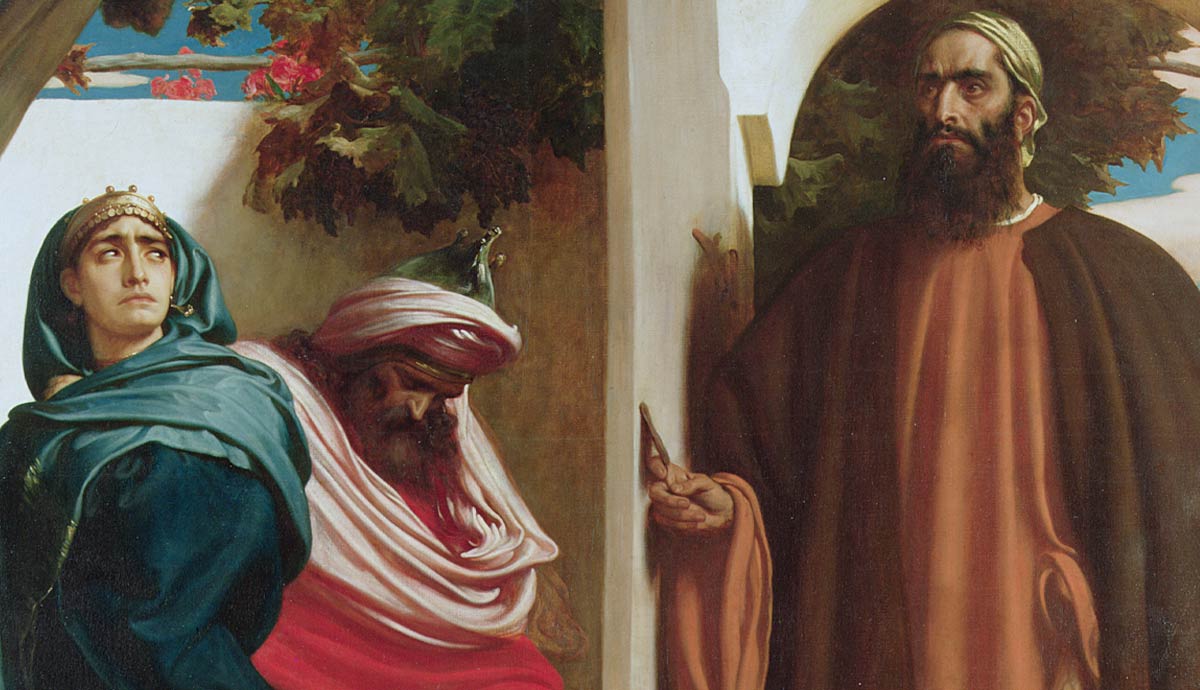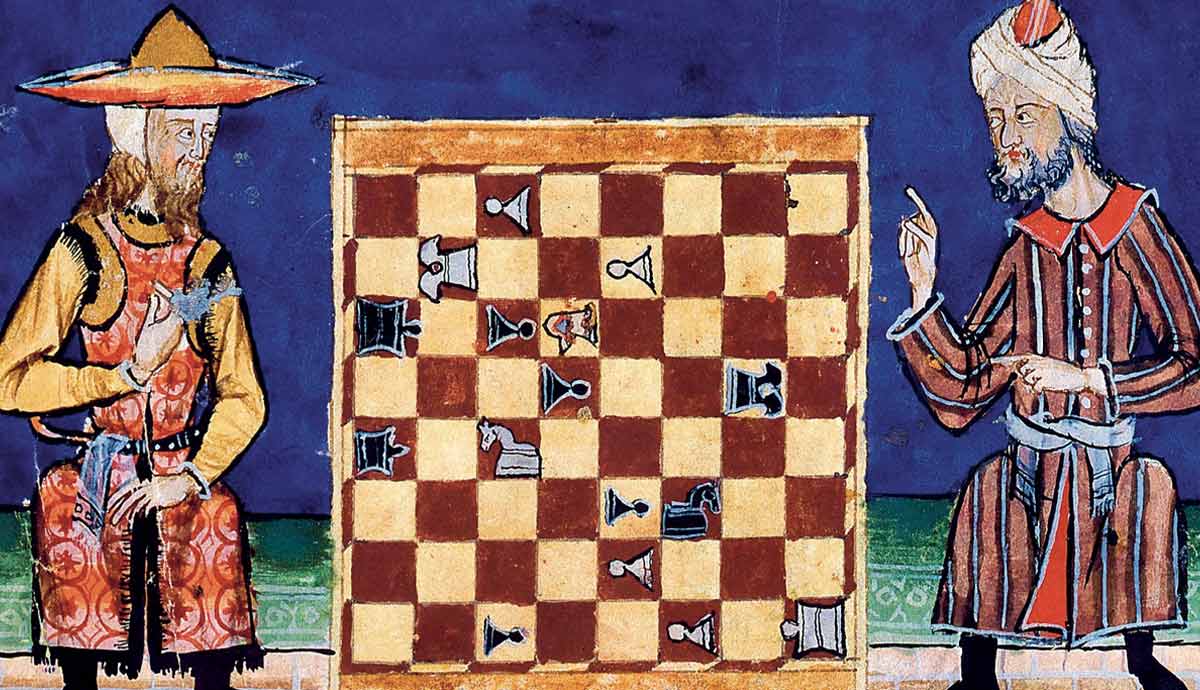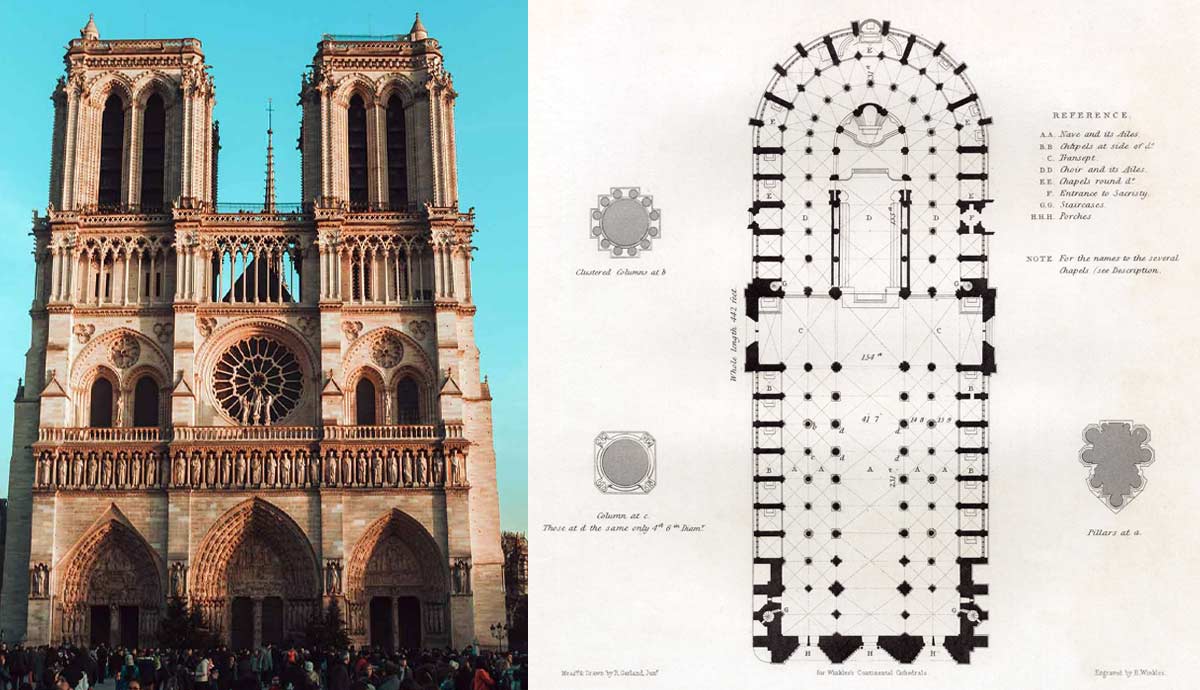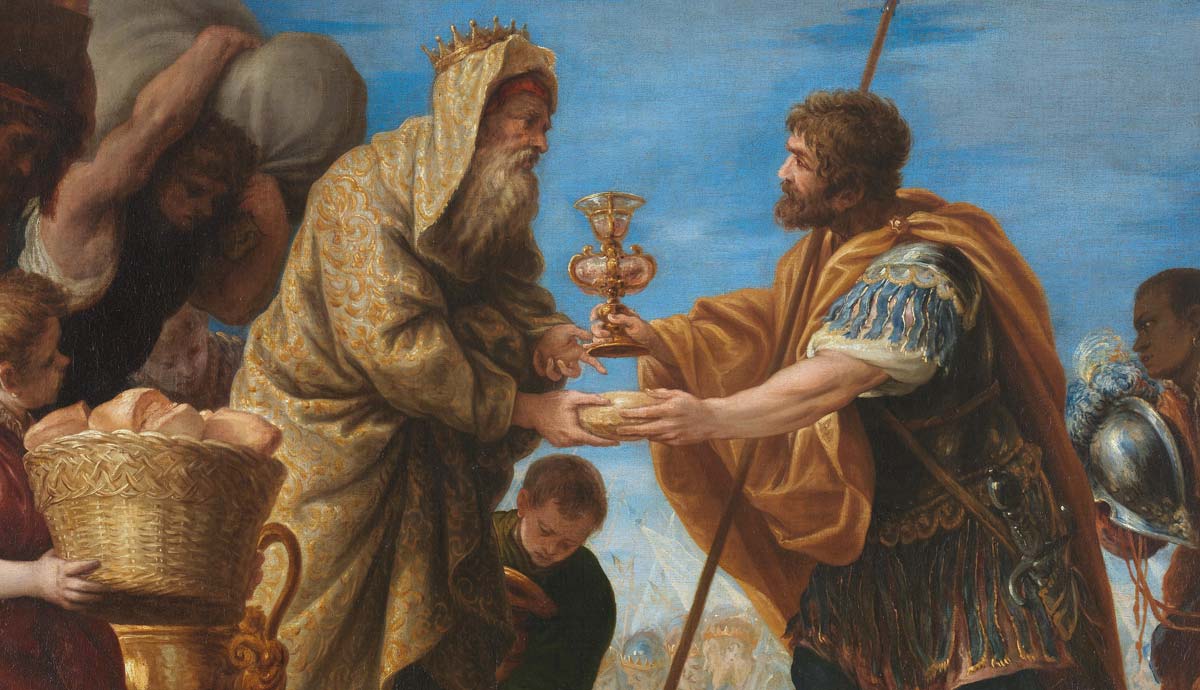
Abram paid the first tithe in the Bible two generations before Jacob, named Israel by God, was born. Israelite law firmly established the principle of a tithe, and Leviticus details the practical aspects of tithing. Most Christians are familiar with tithing based on the Levitical tithe, but most are unaware that the Old Testament prescribed three types of tithes. The other two are seldom, if ever, implemented in the Christian context. They are tithes for the poor and tithes for the feasts. So, are they no longer relevant?
The Origin of the Tithe

The first instance of tithing comes from Genesis 14:18-20. The context was that Lot, a nephew of Abram (later Abraham), was captured and taken prisoner by Chedorlaomer, king of Elam, who led a coalition of kings against, among others, the kings of Sodom and Gomorrah and sacked their cities.
Abram, who had many people in his care, took 318 of his trained men and set off in pursuit of his kinsman. He defeated the army that held Lot captive and brought him back with all his possessions and people who had also been taken. The King of Sodom came out to meet Abram on his return. Melchizedek, a king-priest from Salem (later Jerusalem), brought wine and bread along and blessed Abram, saying: “Blessed be Abram by God Most High, Possessor of heaven and earth; and blessed be God Most High, who has delivered your enemies into your hand!” Abram gave Melchizedek a tenth of the spoils he had taken.
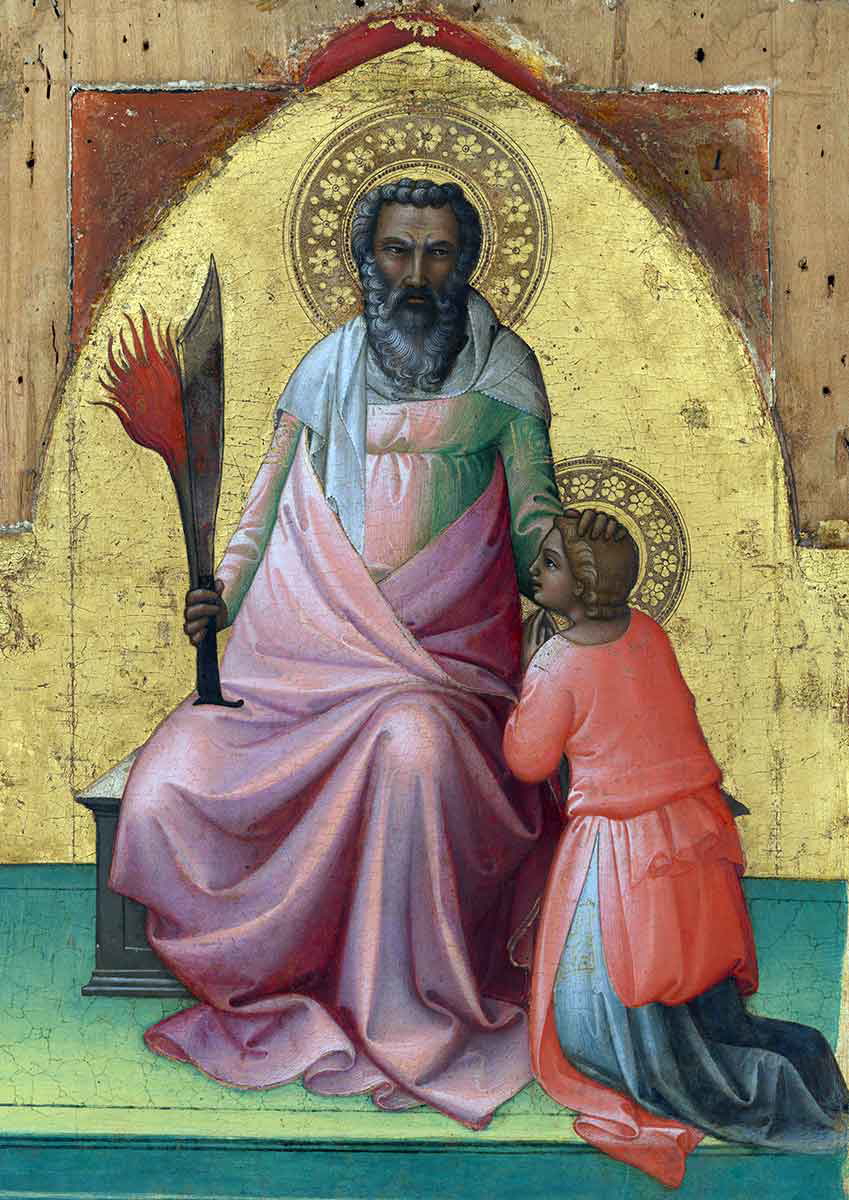
Abram’s gift to Melchizedek is not called a tithe, and the narrative does not indicate if God instructed Abram to do so. The New Testament reflection on this event calls the gift Abram gave Melchizedek a tithe. Hebrews 7:6 says: “But this man [Melchizedek] who does not have his descent from them received tithes from Abraham and blessed him who had the promises.” This passage refers to the Levitical tithes that would later become law among the Israelites. Melchizedek was not a Levite, though he was a “priest of God Most High” (Genesis 14:18).
The Levites were the great-grandchildren of Abraham. They would only start functioning as priests five centuries after the Israelites left Egypt. Melchizedek bringing out bread and wine when meeting Abram reminds many scholars of Communion. Melchizedek served as a symbol of Christ, as does Communion, and Hebrews describe Jesus as a “high priest forever after the order of Melchizedek.”
Types of Tithes
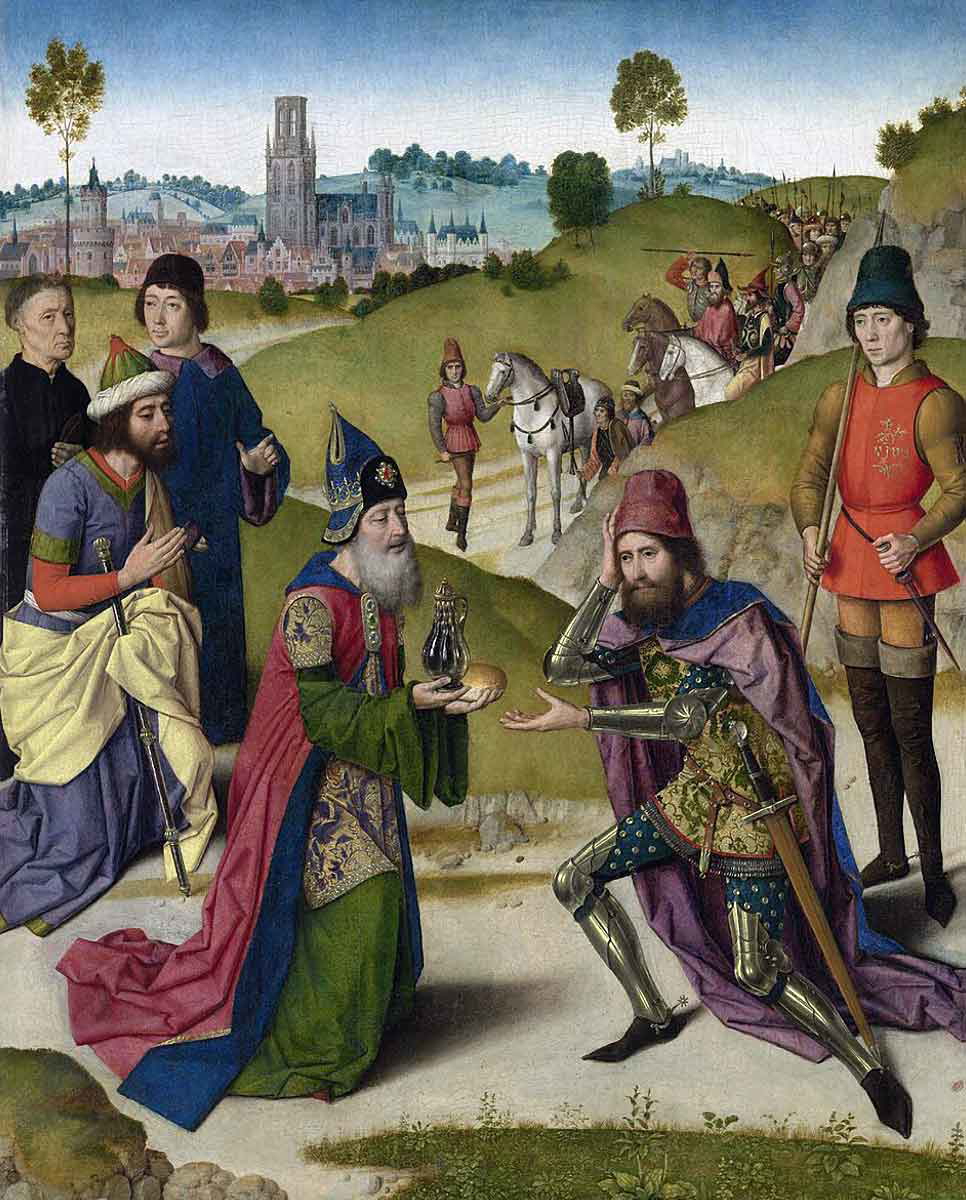
Levitical Tithes
The Bible mentions the Levitical Tithe for the first time as part of the Mosaic Law in Leviticus 27:30-32. The passage states:
“Every tithe of the land, whether of the seed of the land or of the fruit of the trees, is the LORD’s; it is holy to the LORD. If a man wishes to redeem some of his tithes, he shall add a fifth to it. And every tithe of herds and flocks, every tenth animal of all that pass under the herdsman’s staff, shall be holy to the LORD.”
The passage does not mention the Levites, but their connection to this tithe is clarified in Numbers 18:21-24. It explains that God gave the tithe to the Levites because they did not receive an inheritance of land and performed service in the tent of meeting (the Tabernacle and later the Temple). Instead of land, they received cities among the other tribes of Israel and could work the soil around those cities. The Levites had to give a tenth of what they received in tithes to the priests, who were descendants of Aaron.
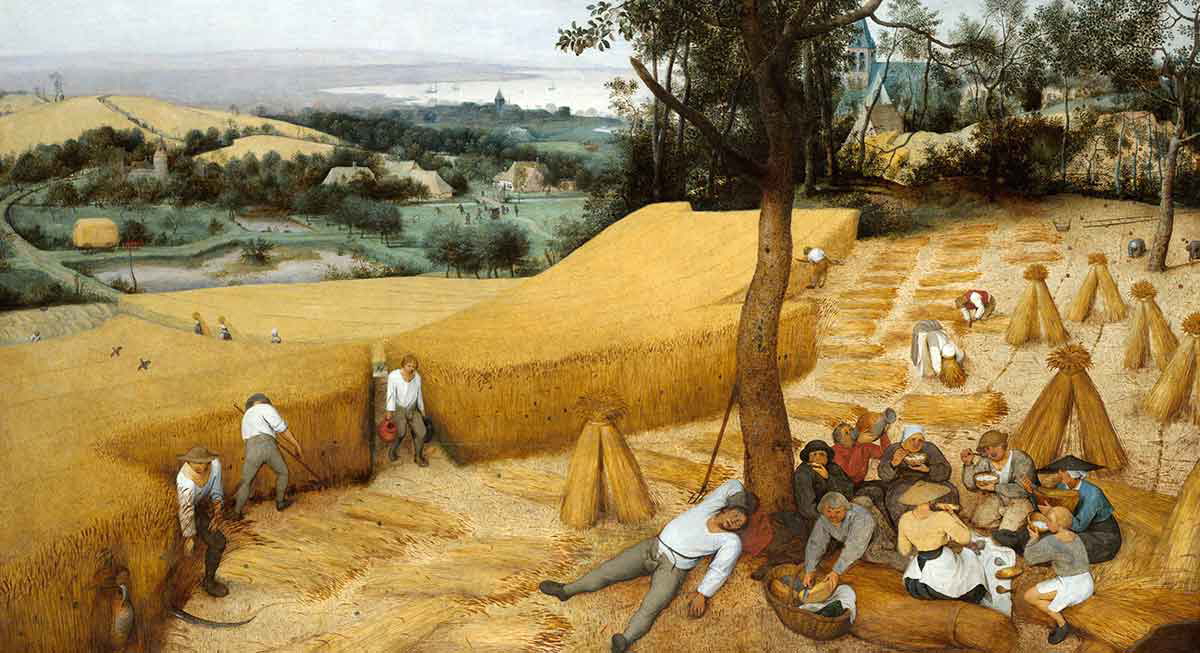
The Levitical tithes consisted of agricultural produce (such as grain, fruits, and its derivatives like wine and oil) and livestock. The tithe referred to a tenth of whatever was produced or the tenth animal born to the existing flock. The Bible never mentions a tithe on handcrafted goods or other trades.
The Old Testament does not mention money or precious metals and stones when referring to tithes. Money only entered the discussion when it came to redeeming the tithe. Instead of giving a tithe of produce, a person could buy back the tithe at a 20% premium for produce (Leviticus 27:31).
The same rule did not apply to livestock. They were not redeemable (Leviticus 27:32-33). If someone attempted to manipulate the tithe by substituting bad for good, both animals were holy to the Lord.

Tithe for Feasts
Deuteronomy 14:22-27 outlines a second tithe distinct from the Levitical tithe. Verse 27 emphasized either that this tithe must not impact the Levitical tithe or that the Levites could enjoy this tithe with the family. The second tithe was for attending the feasts. It consisted of produce and livestock like the Levitical tithe. It was set aside for consumption by the tithe giver and, by extension, his family when attending a feast wherever the Tabernacle was set up or later in Jerusalem where the Temple was.
If it was not possible or practical to travel with the tithe due to the distances involved, the tithe could be sold. It allowed easy travel to the place of worship, and the person could buy whatever the desire was in terms of tithe to consume at the destination. The household of the one who provided this tithe could consume it joyfully as they attended the feast. This tithe promoted unity and a festive mood among the families attending the feasts, and they recognized God’s provision and blessings.
Tithes for the Poor
The tither for the poor is aptly called the third-year tithe because it was instituted as a gift in the third and sixth year of the sabbatical cycle of seven years. These tithes were set aside in local towns to support the needy.
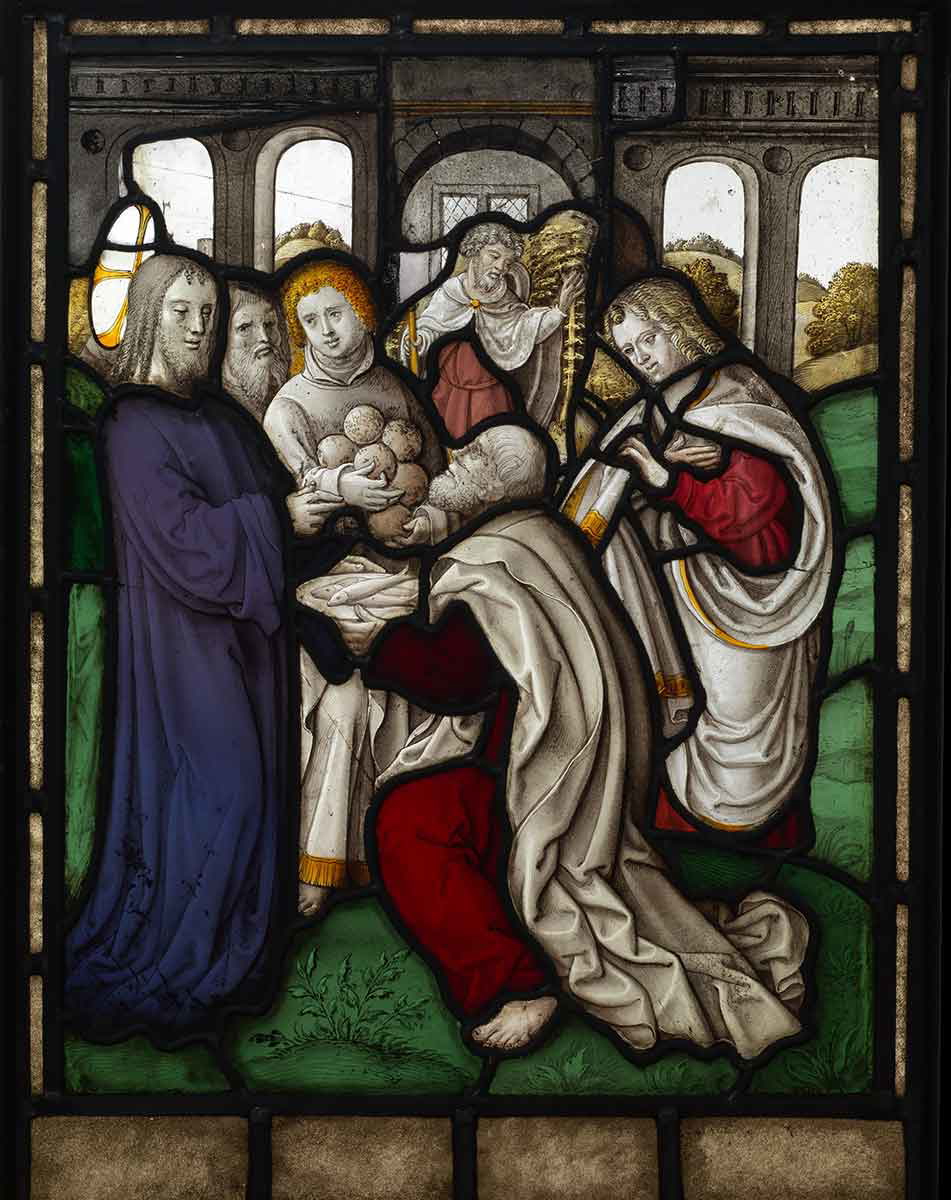
Unlike the other tithes, it had no direct or indirect connection to the ceremonial system practiced where the Tabernacle or later Temple was. The local town leadership distributed these tithes when and where they were needed to assist “the sojourner, the fatherless, and the widow” (Deuteronomy 14:29). The Israelites were answerable directly to God for their administration of this tithe.
Deuteronomy 26:12-13 states: “When you have finished paying all the tithe of your produce in the third year, which is the year of tithing, giving it to the Levite, the sojourner, the fatherless, and the widow, so that they may eat within your towns and be filled, then you shall say before the LORD your God, ‘I have removed the sacred portion out of my house, and moreover, I have given it to the Levite, the sojourner, the fatherless, and the widow, according to all your commandment that you have commanded me. I have not transgressed any of your commandments, nor have I forgotten them.”
Tithes Today

Most contemporary churches in the Christian tradition practice tithing to support their pastoral staff. There is no correlation between the tithes paid to the church and those paid in ancient Israel. The inheritance of land in Israel is no longer relevant in the Christian context. The ministry in the Tabernacle or Temple presents a loose correlation to the ministry of the gospel in the Christian era. The egalitarian distribution of tithe among those who minister is not a feature of contemporary practice.
Since the tithes for feasts were particular to the Israelite ceremonial system, they do not feature in Christianity, nor is there a correlating practice. A comparable practice that stimulates a sense of community and unity in Christianity is potluck meals. These meals do not originate from the tithe for feasts and are not mandated by the New Testament. They do, however, reflect the tendency in the early church for Christians to come together and share a meal.
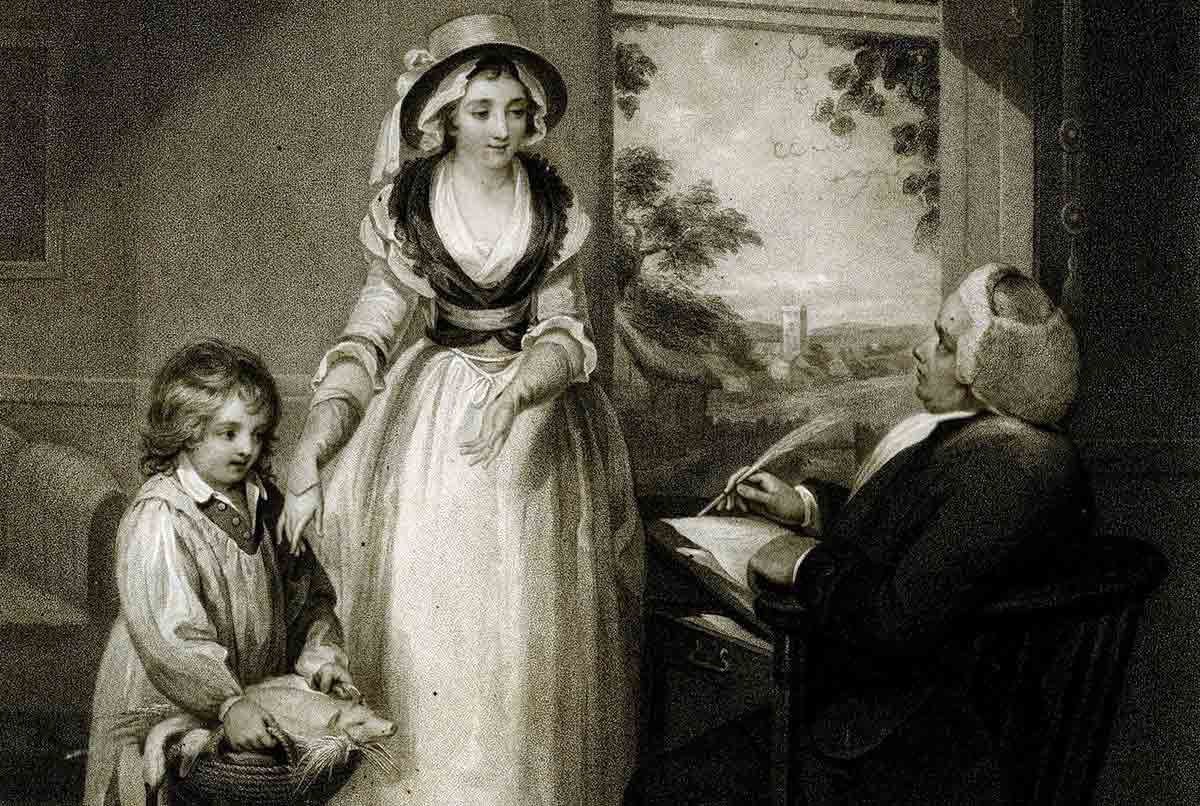
Very few, if any, churches practice giving to the poor as a tithe, and neither does Christianity as a whole recognize the sabbatical cycle. Rather, Christians often give to the poor and have structures to care for the widowed and needy with programs like the Salvation Army and Meals on Wheels.
In Israelite society, caring for the poor and marginalized was a function of their religious practice. In modern society, many consider it a government obligation. Though not connected to the tithe, the New Testament highlights the importance of caring for these communities. In Matthew 25, Jesus compares care for these groups to how believers care about God. In parable form, he concludes that “… as you did it to one of the least of these my brothers, you did it to me.”
Where the Old Testament regulated tithing for the poor, the New Testament presents the obligation as a reflection of the character and heart of the one who freely gives to care for their fellow man.
